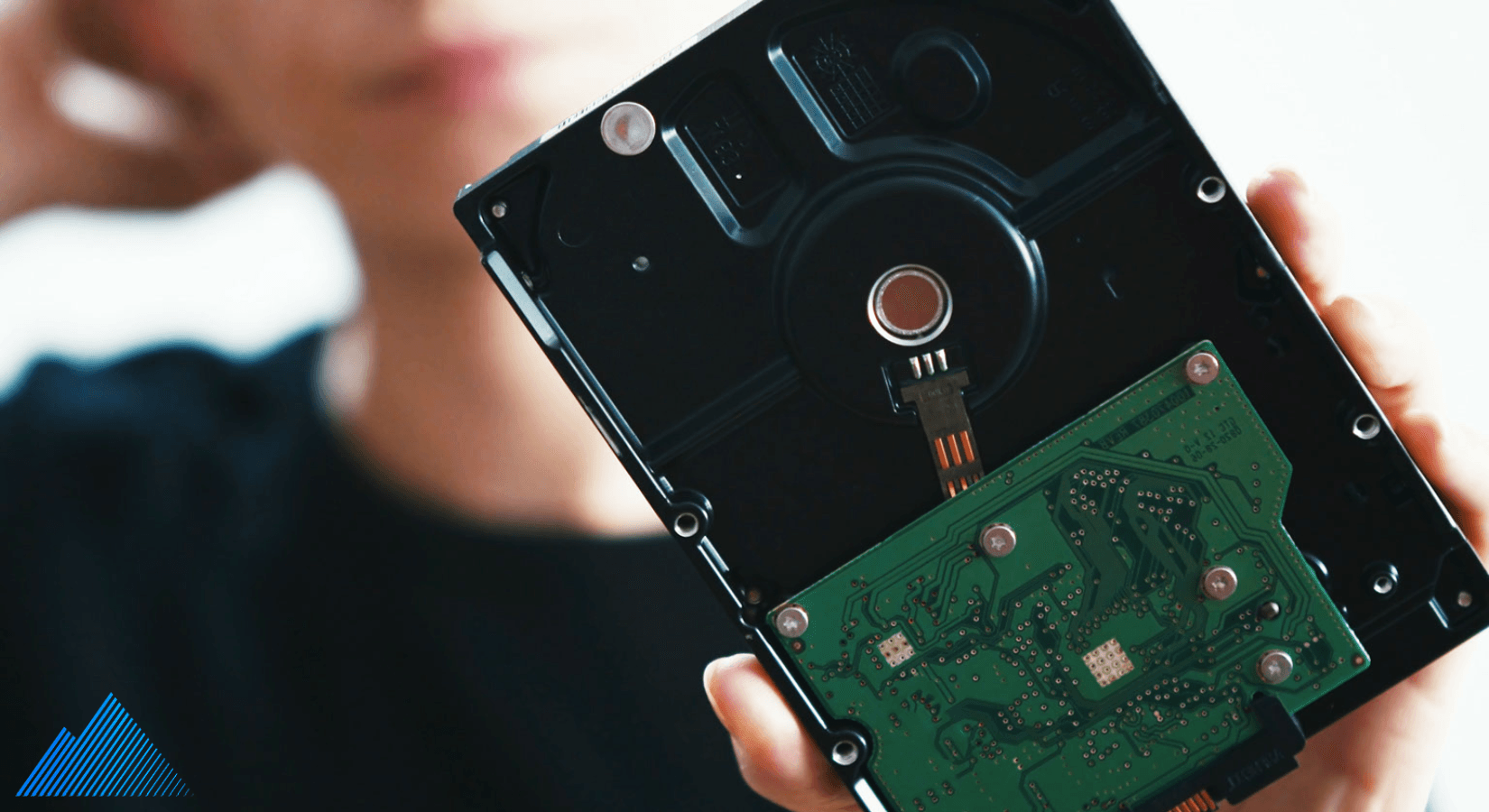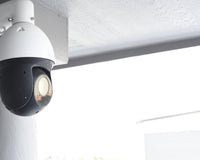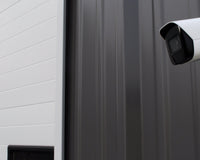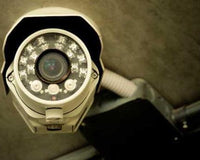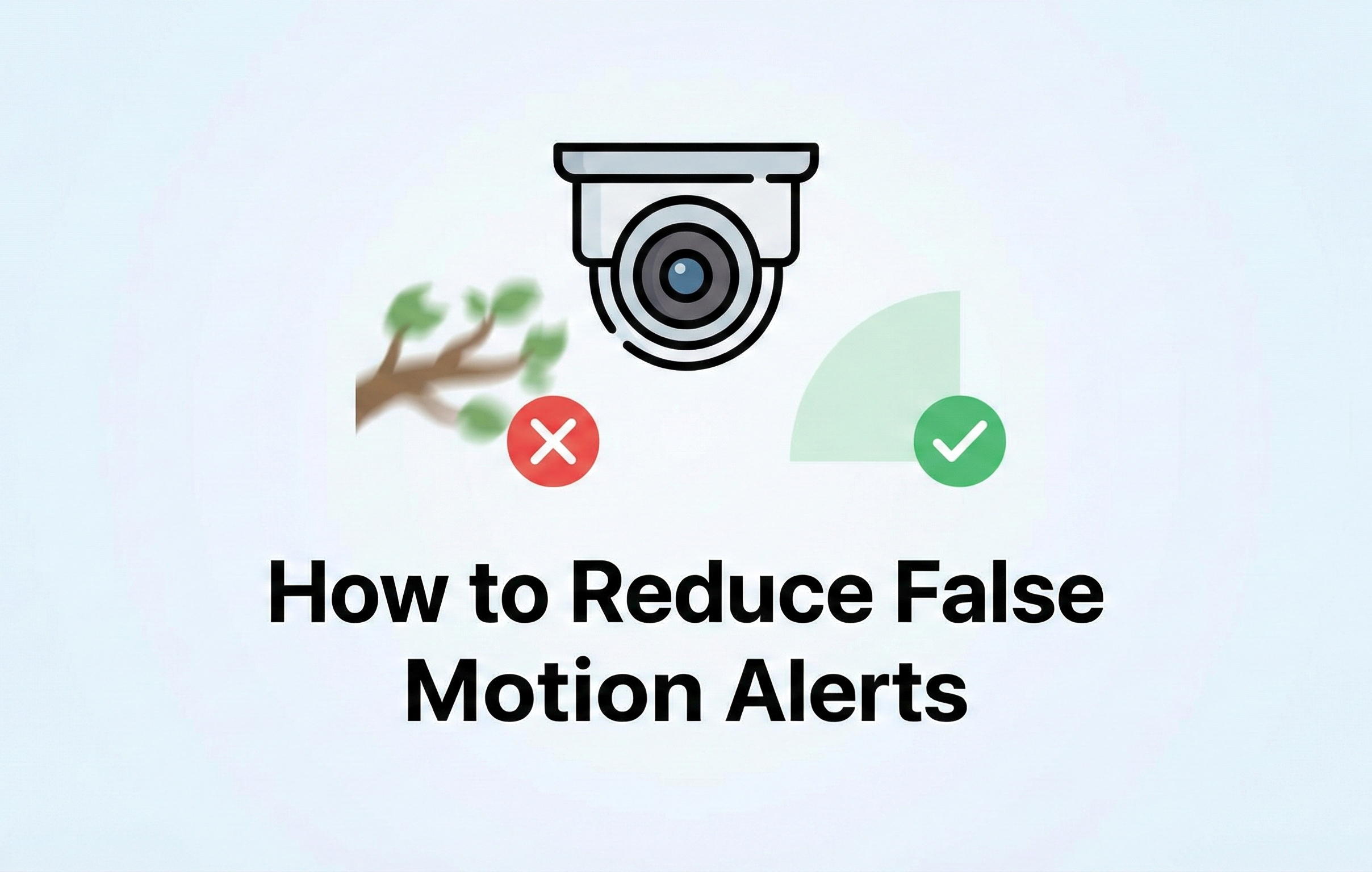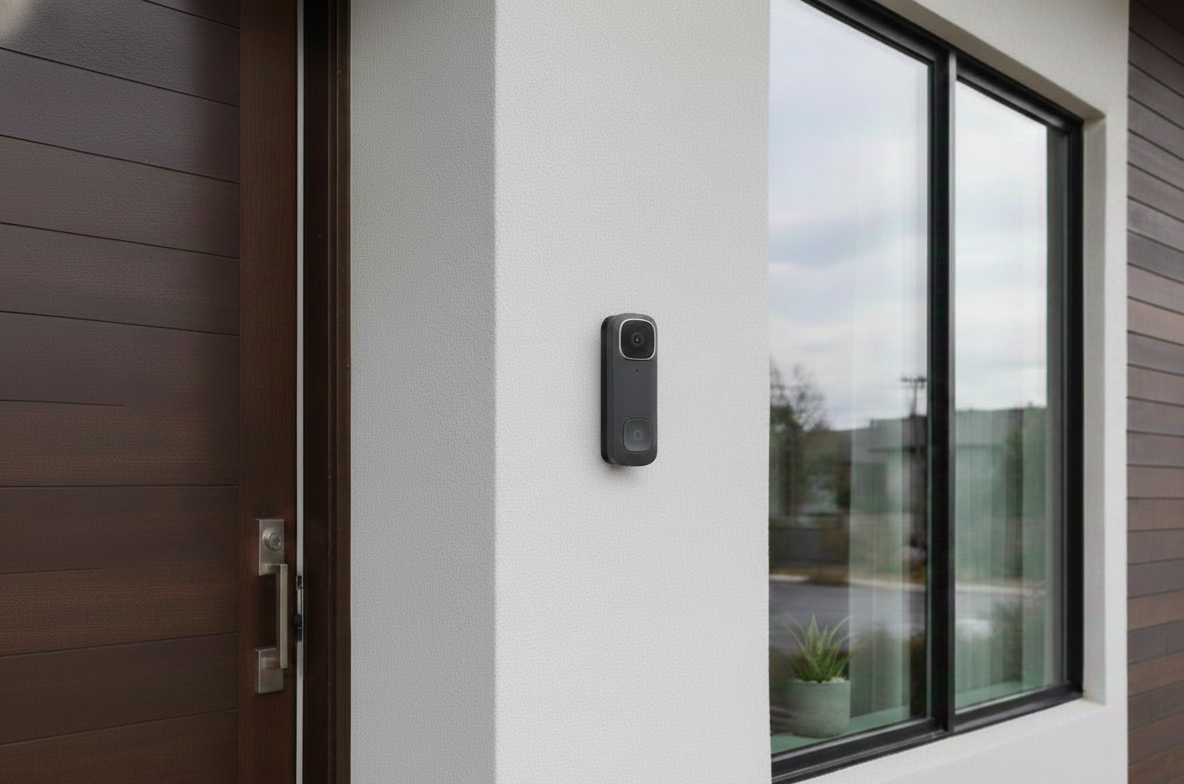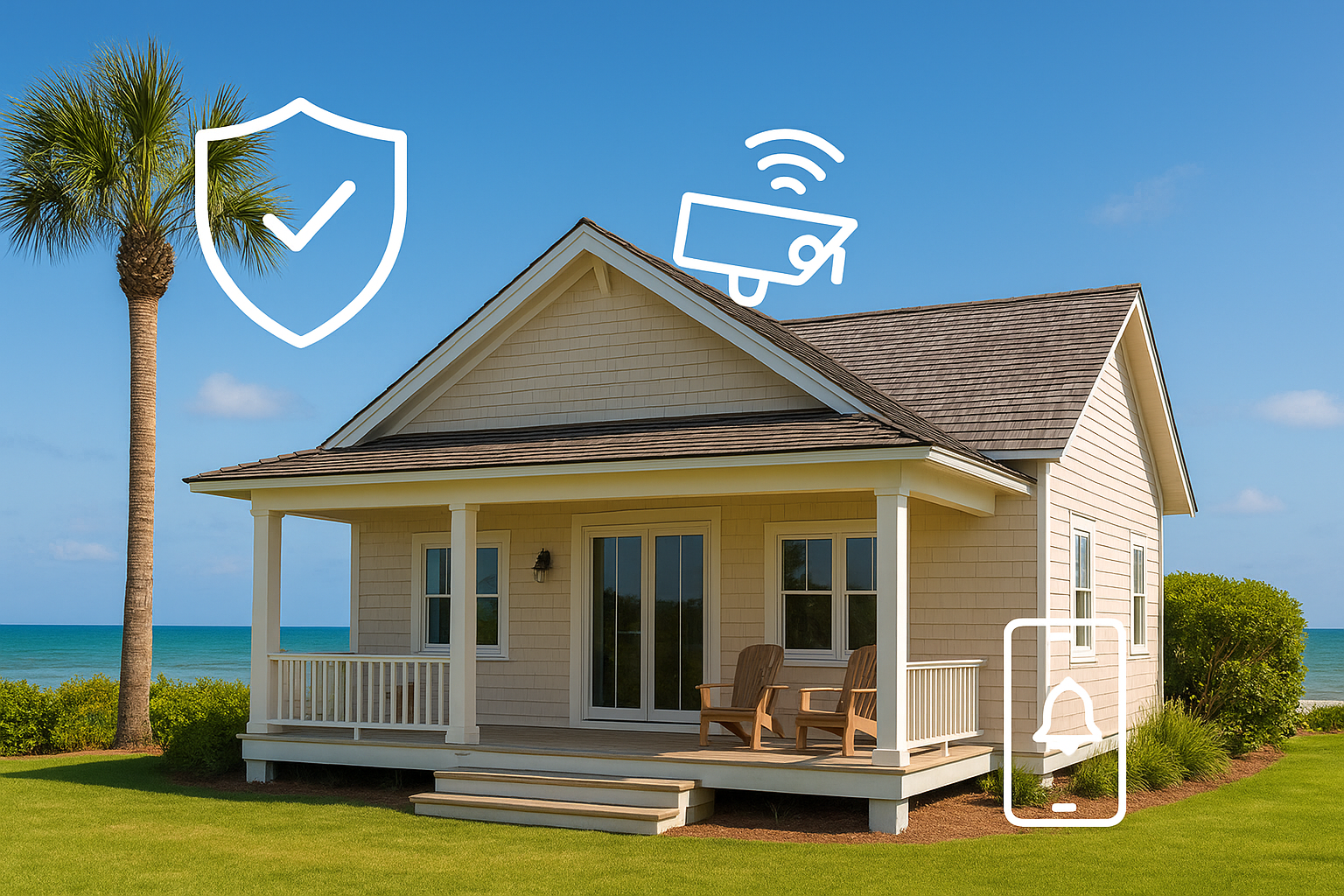H.265 vs H.264
Recent advances in surveillance camera technology have yielded higher resolutions, higher bit rates, and better video quality overall. These increases in image quality also mean a significant increase in file sizes. This can create a hidden cost because of the extra storage now needed to handle the larger file sizes. These costs can become quite significant since most video surveillance deployments need to continuously record footage 24/7. Luckily we here at Montavue use the latest video compression technology to help mitigate these hidden costs. And that technology comes in the form of H.265 video compression.
What Is H.265?
H.265 or HEVC stands for High-Efficiency Video Coding. This is the most recent codec in the continuing evolution of video compression technology. The previous version that is still used by many security cameras is H.264 or AVC which stands for Advanced Video Coding. Both of these were created to help reduce file sizes in an effort to facilitate video streaming.
How does H.265 compare to H.264?
H.264 does a great job at reducing file sizes of 720 and 1080 resolution videos. However, with the recent introduction of 8mp 4K security cameras, H.264 falls short of delivering reasonable file sizes. This is not to say the H.264 cannot be used on 4k video it can and many 4K cameras still use this technology it just means that you are going to fork over more cash to store these larger files. H.265, on the other hand, is much more efficient at compressing 4K security camera footage while maintaining a high-quality image. This is because H.265 uses half the bit rate of H.264. All that being said H.265 does have one small drawback. Decoding H.265 video streams requires a bit more processing power than H.264. However, the majority of today's video cards are capable of GPU accelerated decoding which will meet or exceed the performance requirements for H.265 decoding. Basically, H.265 is the same as H.264 it is just more efficient at encoding information which ultimately cuts your file sizes in half when compared to H.264.
How and when should I upgrade to H.265?
The best time to upgrade your system will depend on your unique situation. Below are a few different scenarios that will help those of you who are considering upgrading your system or purchasing a new system. Ultimately your decision to upgrade will depend on how much you are willing to invest in upgrades and what your specific needs or requirements are. The easiest way to take advantage of this new technology is to purchase a completely new system. However, if you have budget constraints there are other ways of slowly upgrading your system to take advantage of H.265.
New Security System Installs
Any time you are looking to install a completely new system you will want the latest technology. Of course, you will still need to keep your total cost in mind as not everyone can afford or necessarily needs the best and most expensive cameras. However, you will definitely want a system that utilizes H.265 compression. This is even more crucial when you're on a tight budget. You may save some money by purchasing an H.264 system but end up spending more on storage.
Uprgrading Existing Security Systems
When upgrading an existing system there are a few things you will want to keep in mind. What is your budget and how much of that will need to be budgeted for labor? If you are upgrading an old analog surveillance system to a new IP surveillance system then you need to budget for the labor involved in removing and installing new wiring. This alone will eat up a good portion of your budget. Then you will need to decide whether you would like to save some money on your system by purchasing a cheaper surveillance system that utilizes H.264 and invest a bit more in storage. Or if you want to future-proof your new surveillance system and purchase a system that utilizes H.265. Personally, I would go for the later. This is because although you are saving money upfront you may be losing money in the long run as you will likely need to upgrade your system sooner if you want to take advantage of new technologies in the future. However, this will be a decision that you will need to make based on your current budget and needs.
Partial Upgrades
If you don't have the budget to completely upgrade your existing security system then you may want to slowly upgrade your surveillance system over time. We here at Montavue have made this easier by giving users the option to use H.264 or H.265 encoding. This goes for both our NVR's and our cameras. Having this option can allow you to slowly upgrade your system by adding or replacing one device at a time. Since security cameras are usually cheaper than the NVR many customers choose to begin by upgrading their cameras first. Having the ability to select which compression to use allows our customers to upgrade the cameras first and then eventually upgrade their NVR to an H.265 capable system. Once you have upgraded your NVR you can then switch all of your new cameras to utilize H.265 completing your upgrade.
Higher resolution cameras and faster frame rates offer better security however they will always come at the cost of increased bandwidth and storage needs. H.265 helps mitigate these costs and makes 4K technology much more accessible for businesses and homeowners alike. H.265 also allows us to continue to produce higher resolution security cameras with higher frame rates which ultimately provides our customers with better security overall.

